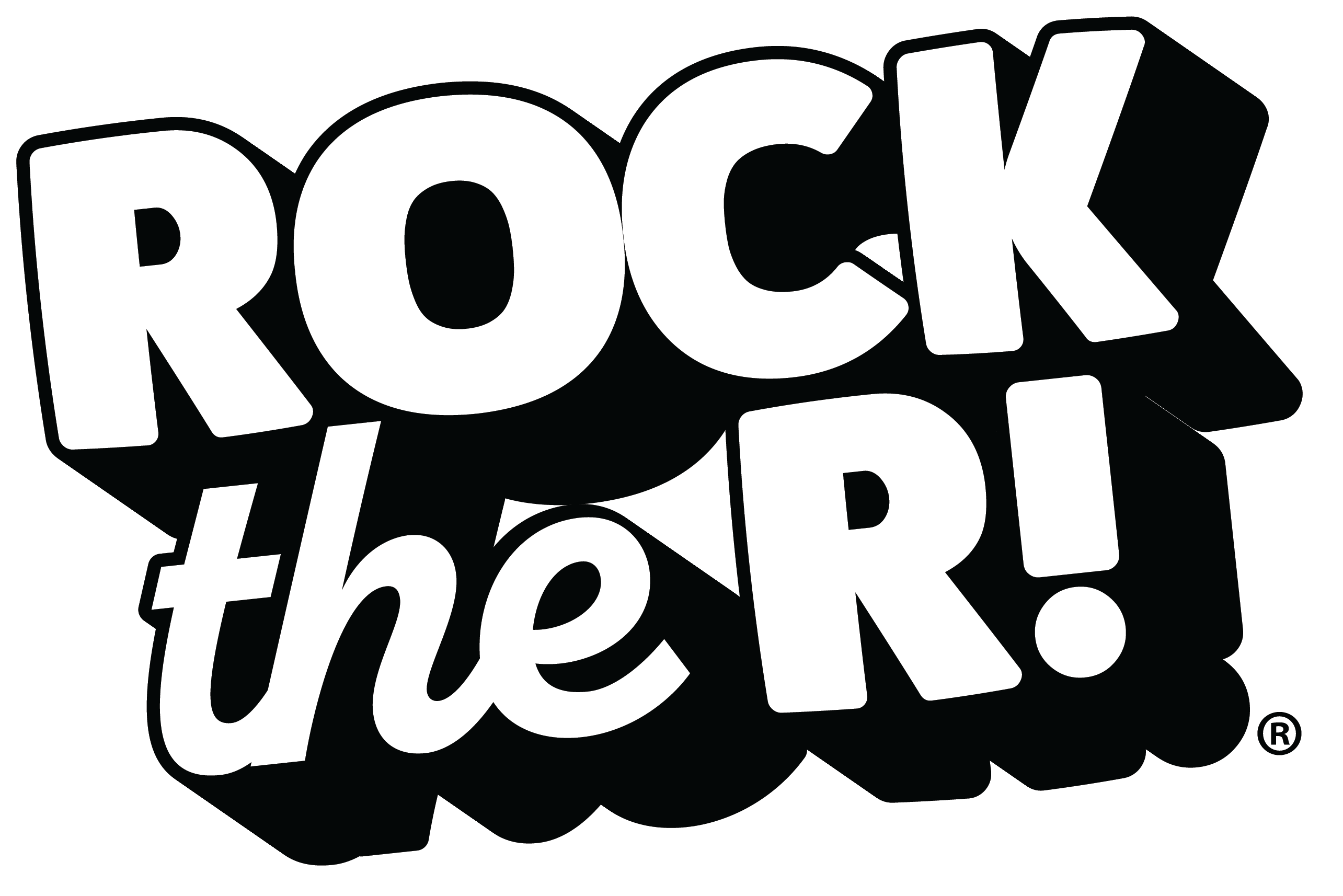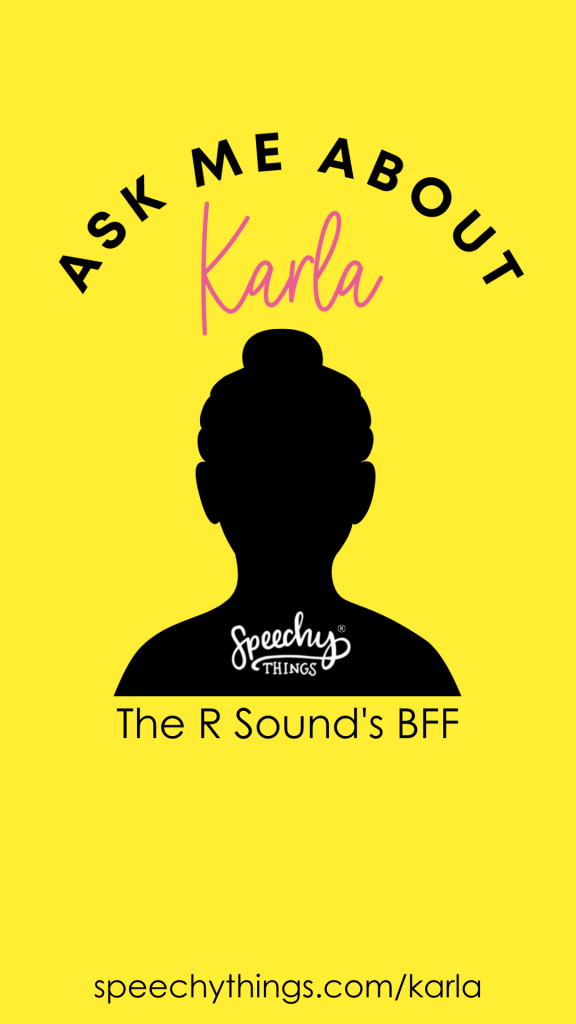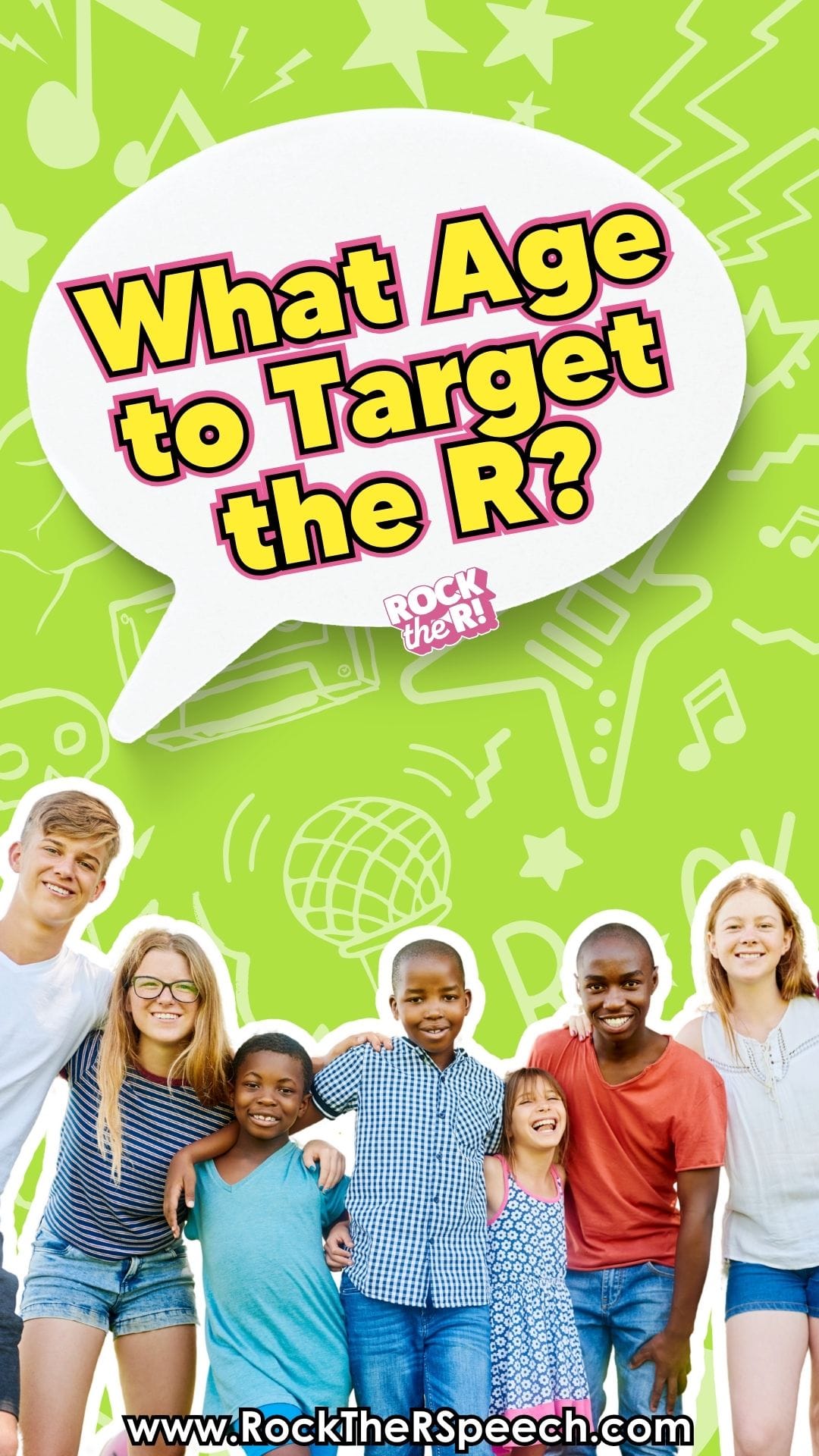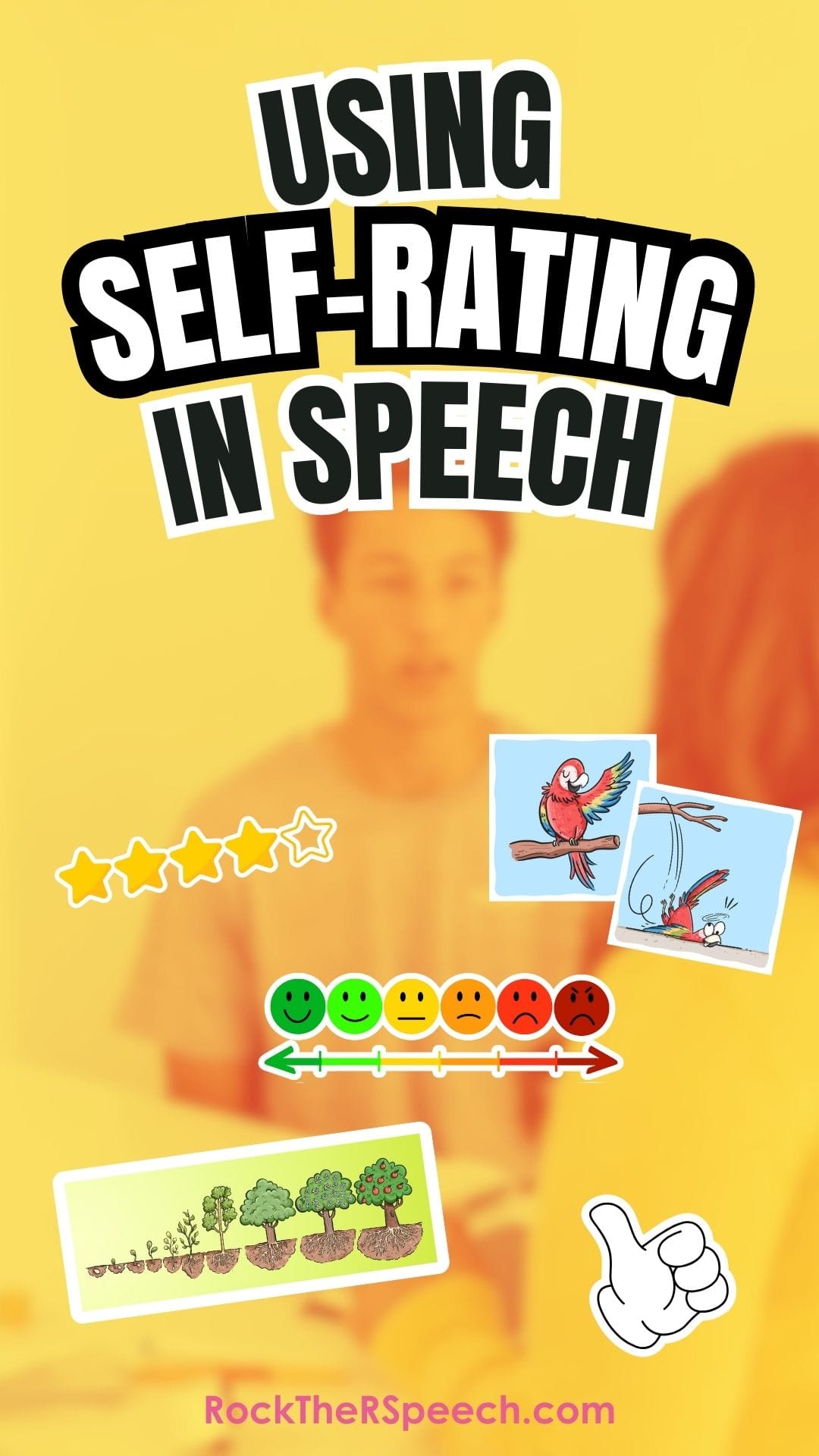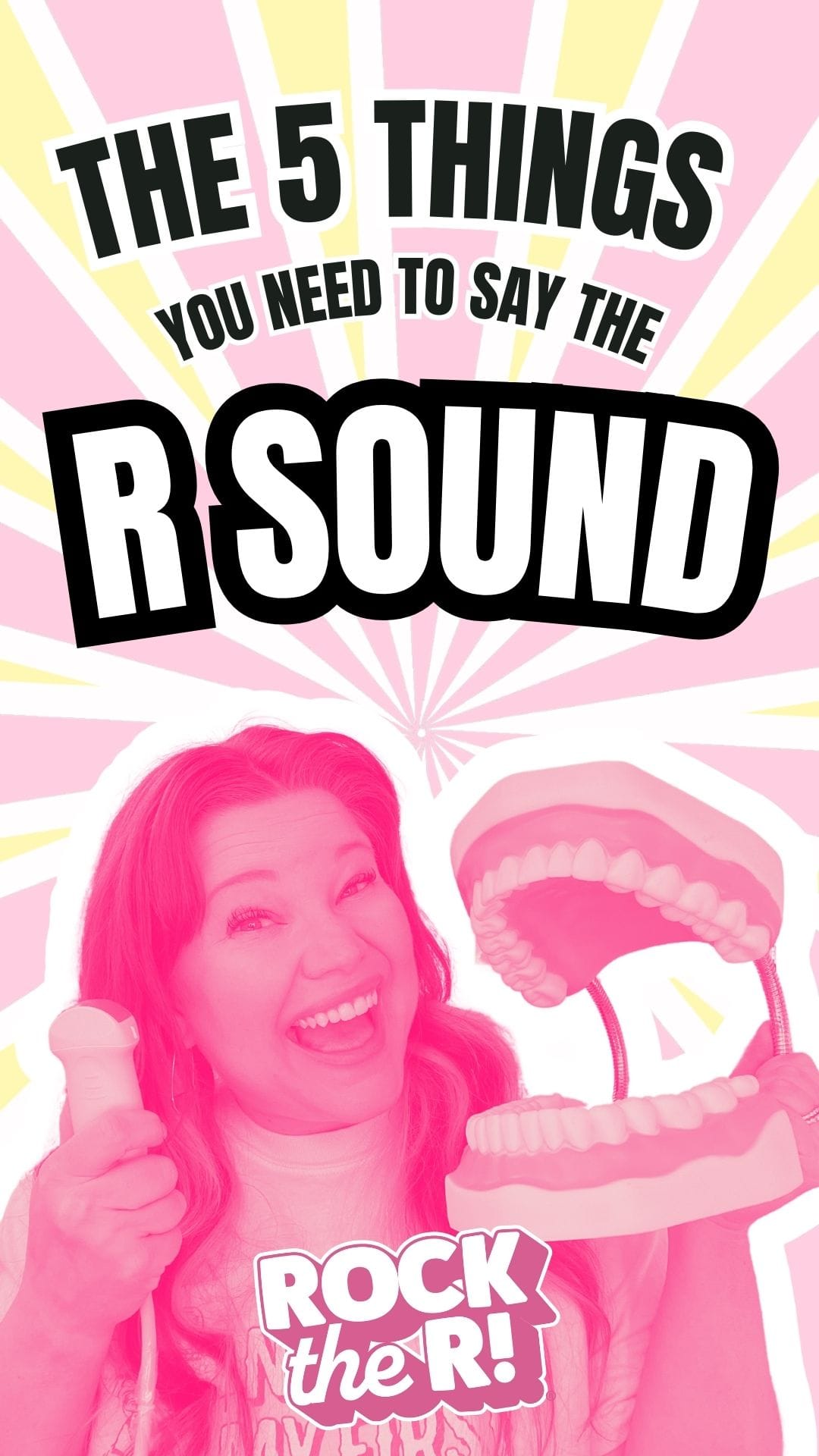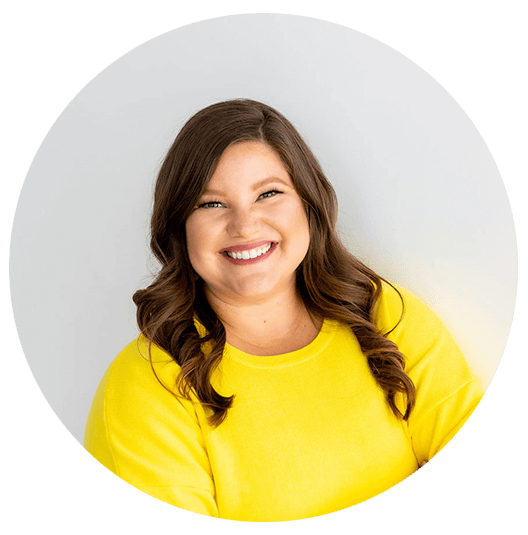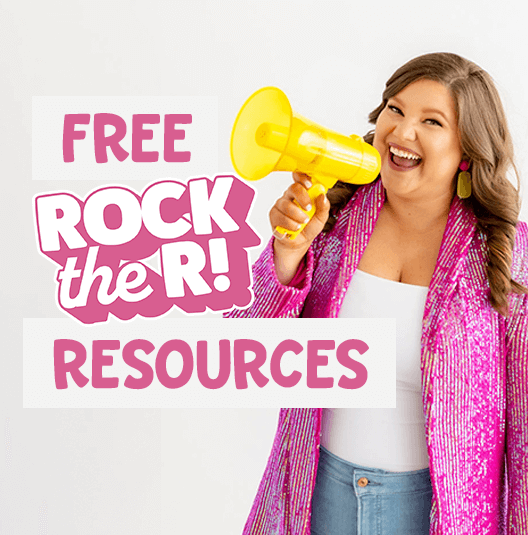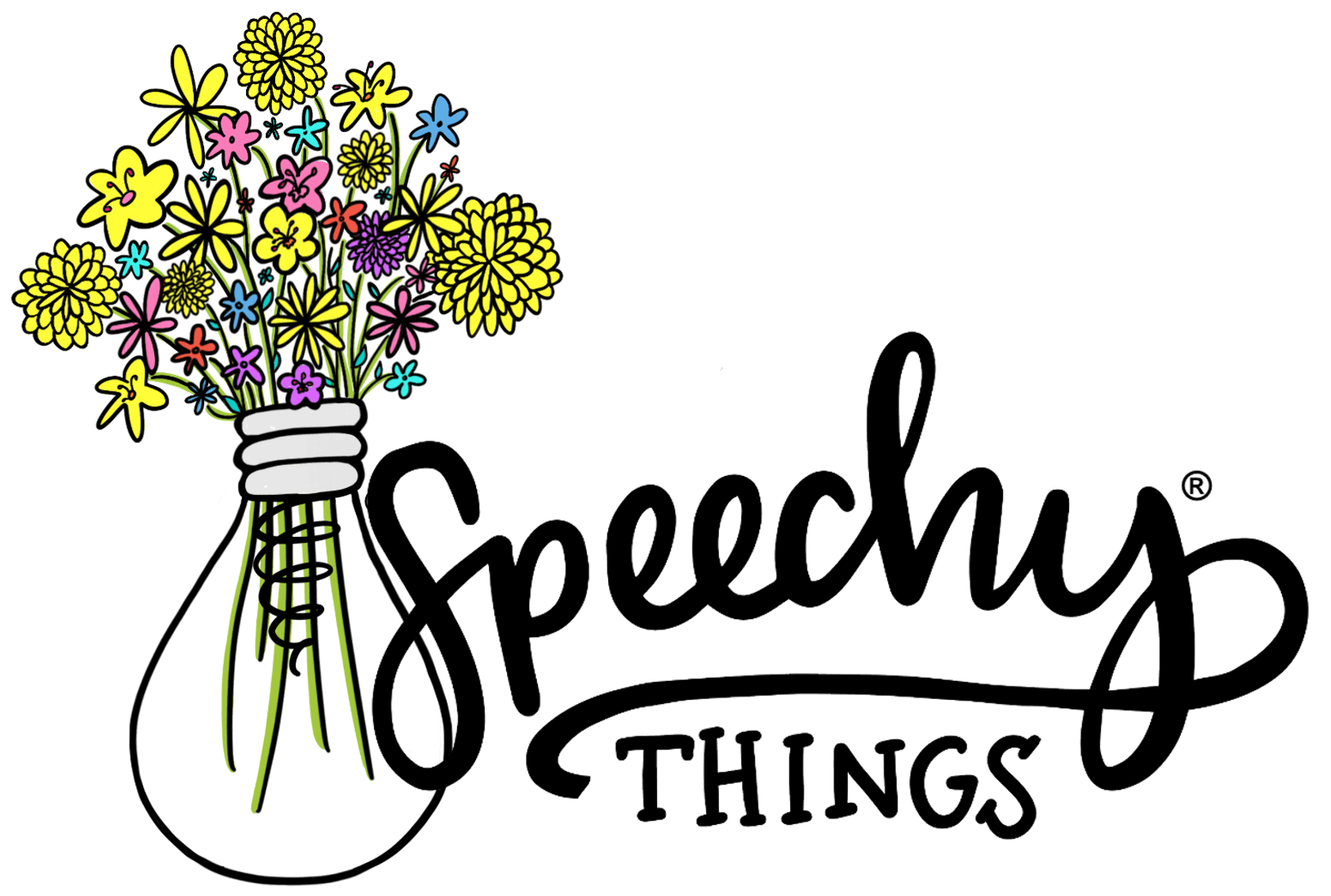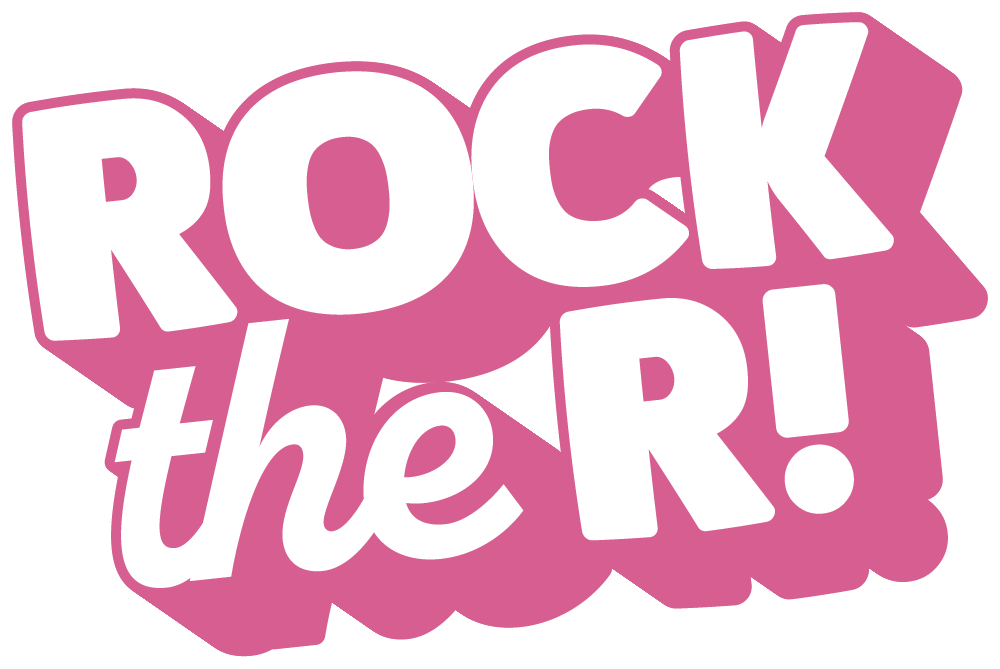Have you heard of “facilitating contexts?” They have the power to truly revolutionize your treatment of the R sound. That sounds dramatic. Well, it is dramatic… but I promise you it’s warranted.
WHAT ARE FACILITATING CONTEXTS?
First, let’s give a brief overview of what this mouthful means. A facilitating context essentially means that the target phoneme is next to other phonemes that share similar properties. In our case, we’re discussing phonemes that overlap with R tongue placement, typically in terms of tongue root retraction, tongue side elevation, or tongue tip elevation.
Translation: the surrounding phonemes set the articulators up for success to say the R
OKAY BUT REALLY… WHO IS KARLA?
More like what is Karla! Karla (or Carla) is my absolute favorite “first word” for the R sound. It’s one of those magical words that seem to really make it easier for people to produce a beautiful R. Why? It’s a stellar facilitating context. Let’s break it down:
/k/= tongue side elevation
/a/= (tongue root retraction, low tongue body)
/ɹ/= target phoneme: tongue tip elevation, root retraction, side elevation
/l/= tongue tip elevation
/ə/= well… the schwa isn’t the best for R necessarily but /l/ is a good buffer
I promise you it’s worth a try. There’s no need to focus on R in isolation first. It’s more than okay to start at syllables or words. Any way that you can get an accurate R (the staRt app is so helpful to make sure it is in fact accurate) is a-okay. Follow your student’s/client’s strengths always.
Give Karla a try and let me know how it goes! For more help with the R sound you can find me on Instagram or sign up for my VIP emails. You’ve got this!
Cheers,
Lindsey





